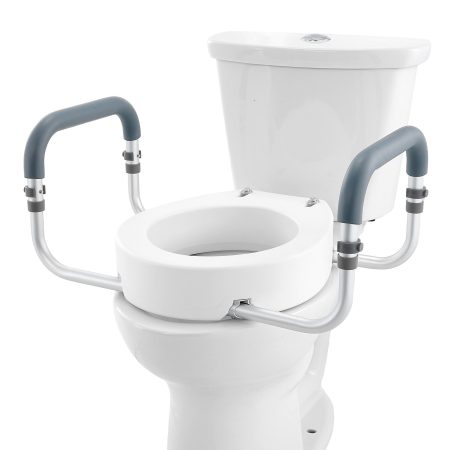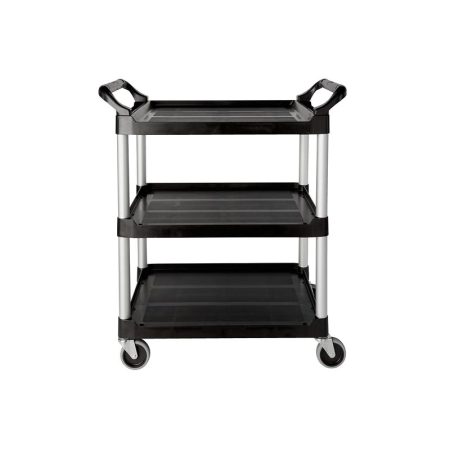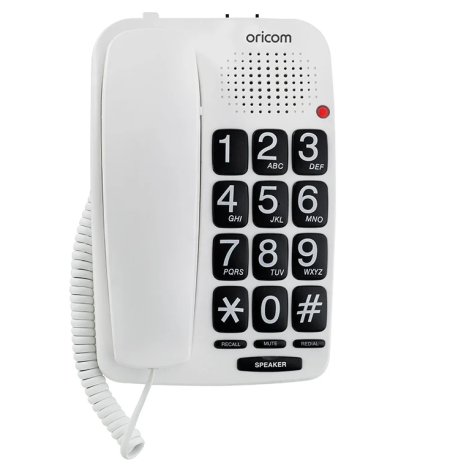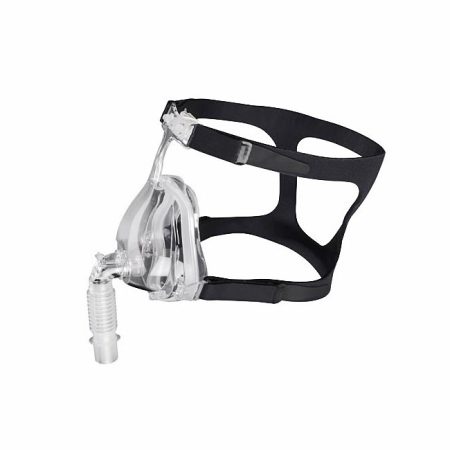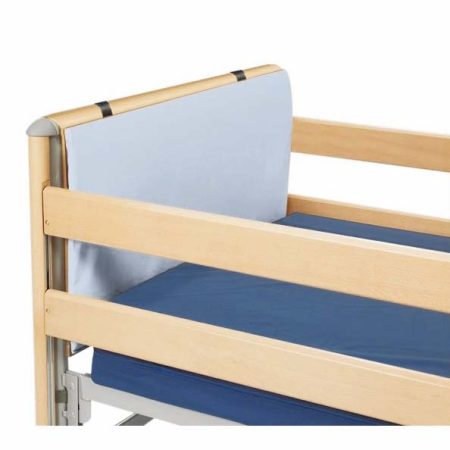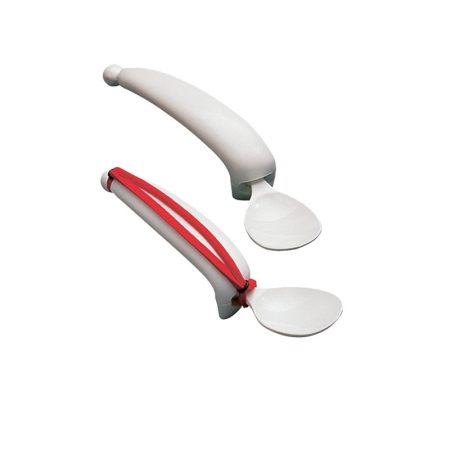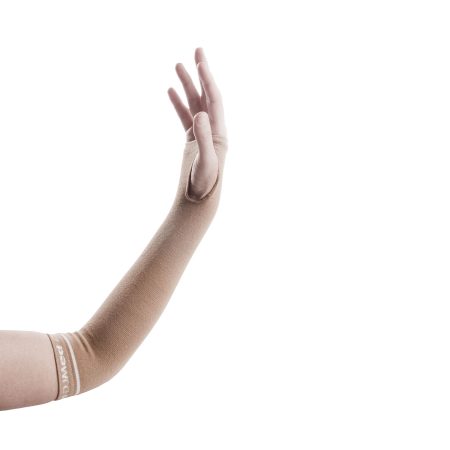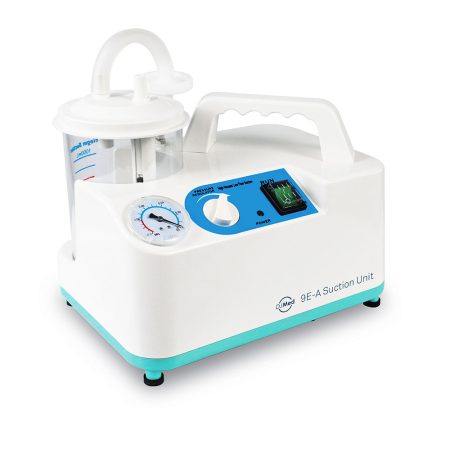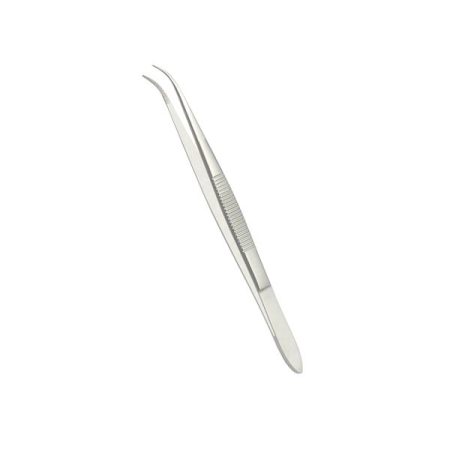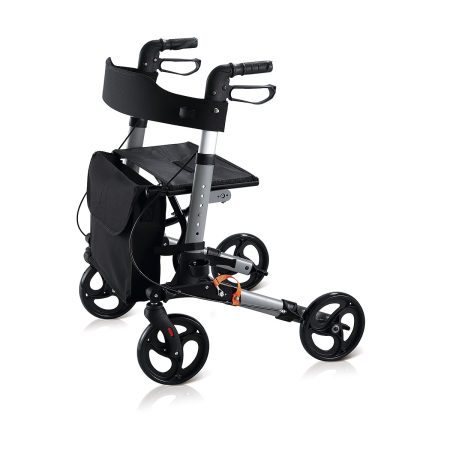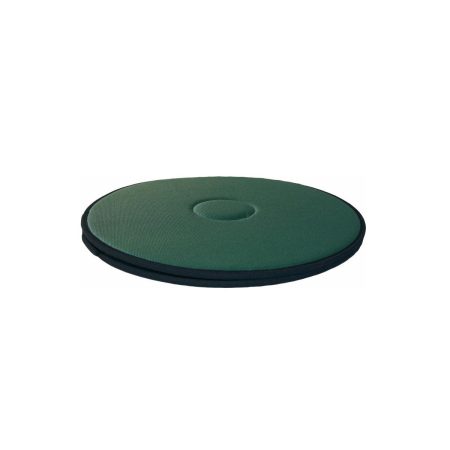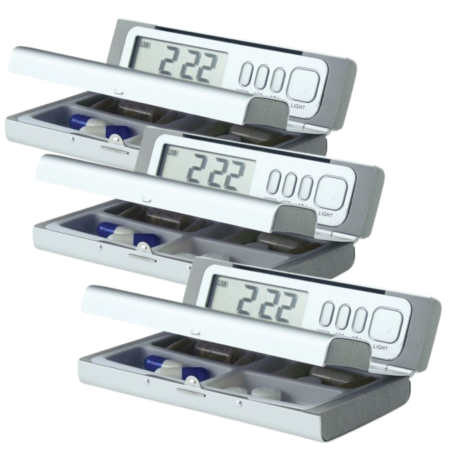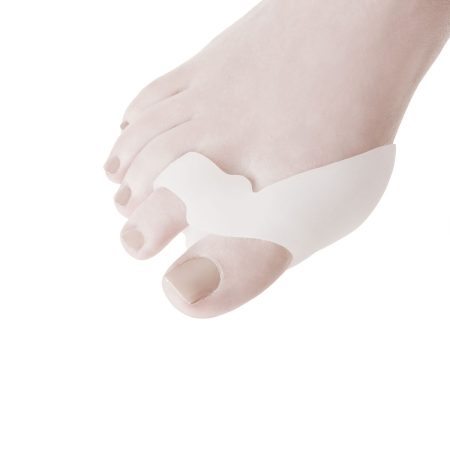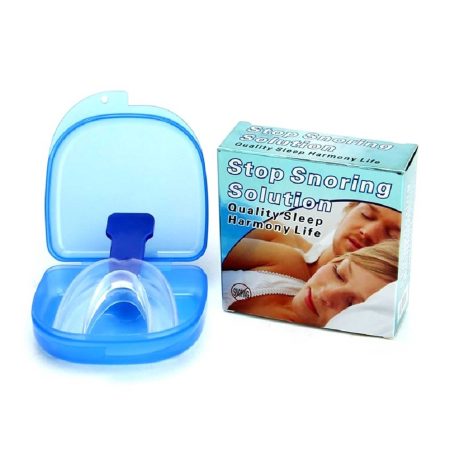Maximising Mobility: The Comprehensive Guide to Forearm Crutches for Enhanced Independence
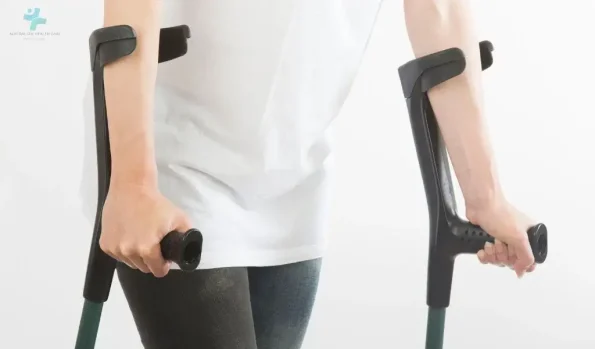
How can mastering forearm crutches significantly improve mobility and independence?
Understanding Forearm Crutches
Forearm crutches, designed to aid those requiring support for mobility, serve as an essential tool in enhancing independence and freedom of movement. Characterized by their supportive cuff that wraps around the forearm and a handgrip that assists in walking, these crutches distribute weight more evenly, reducing strain on the wrists and hands. They offer not just a means to move from point A to B but also empower users with the confidence to navigate various terrains and environments. The significant benefits of using forearm crutches include improved balance, increased comfort for long-term use, and the promotion of a more natural gait, thereby maximising mobility and fostering a greater sense of independence.
Choosing the Right Forearm Crutches
When selecting forearm crutches, it’s crucial to consider several key features to ensure they meet your individual needs effectively, enhancing your mobility and comfort. Firstly, adjustable height is vital to match your specific body measurements, ensuring that the crutches are neither too tall nor too short, which can affect your posture and walking pattern. The cuff size is another important factor; it should snugly fit around your forearm to provide adequate support without causing discomfort. The grip type, whether anatomical or standard, should offer comfortable, secure handling to prevent strain on your hands and wrists during prolonged use. Additionally, the material of the crutches impacts their weight, durability, and overall feel, with options ranging from lightweight aluminum to sturdy carbon fiber.
There are various types of forearm crutches available, each designed to cater to different needs and preferences:
- Tornado crutches are renowned for their shock-absorbing properties, ideal for those who require additional comfort and reduced impact on joints.
- Ergobaum crutches feature ergonomically designed grips and built-in knee rests, suited for individuals seeking enhanced comfort and functionality.
- Folding forearm crutches offer convenience and portability, perfect for active users who are always on the go.
Choosing the right type involves understanding your daily activities, physical condition, and personal preferences, ensuring that your forearm crutches enhance your mobility and independence effectively.

Mastering the Use of Forearm Crutches
Getting Started
Mastering forearm crutches begins with proper adjustment and fitting to ensure they complement your height and body structure, providing optimal support. Learning the basic stance and grip is essential for effective use, establishing a foundation for safe and comfortable mobility.
Advanced Techniques
Once accustomed to the basic use of forearm crutches, advancing your technique to navigate different terrains, stairs, and obstacles efficiently becomes crucial. This involves adapting your movements to maintain balance and momentum, ensuring a smooth transition across various surfaces.
Safety Tips
Safety is paramount when using forearm crutches. Key tips include maintaining a correct posture to avoid strain, using crutches on wet or slippery surfaces with caution, and regularly checking the crutches for wear and tear to prevent accidents. These practices help minimize the risk of falls and injuries, promoting a safe and confident mobility experience.
Integrating Forearm Crutches into Daily Life
Lifestyle Adjustments
Making thoughtful adjustments to your living and working environments can significantly enhance mobility and reduce the risk of accidents. Simple modifications such as rearranging furniture to create wider pathways, securing rugs to prevent slips, and installing grab bars in critical areas like the bathroom can make a substantial difference. These changes aim to streamline daily routines and promote a safer, more accessible space for those relying on forearm crutches.
Staying Active
Maintaining an active lifestyle is essential for overall health and well-being, and forearm crutches should not be a barrier to exercise. Activities such as swimming, which provides buoyancy and reduces strain on the limbs, and seated exercises, which focus on upper body strength and flexibility, are excellent options. Additionally, many physiotherapists can recommend specific exercises tailored to enhance balance and strength without compromising safety. Engaging in regular physical activity not only supports physical health but also boosts mental well-being, emphasizing the importance of staying active while using forearm crutches.
By embracing these lifestyle adjustments and committing to staying active, individuals who use forearm crutches can enjoy a high degree of independence and a better quality of life, proving that mobility challenges can be navigated successfully with the right strategies and support.




